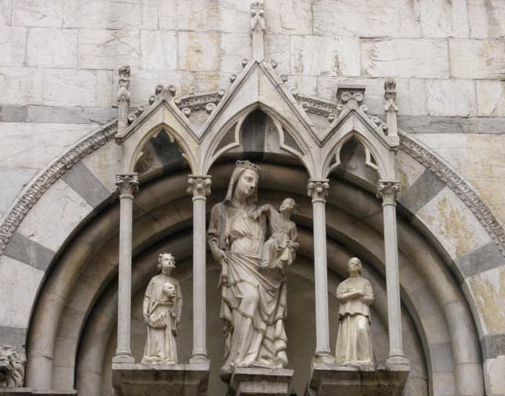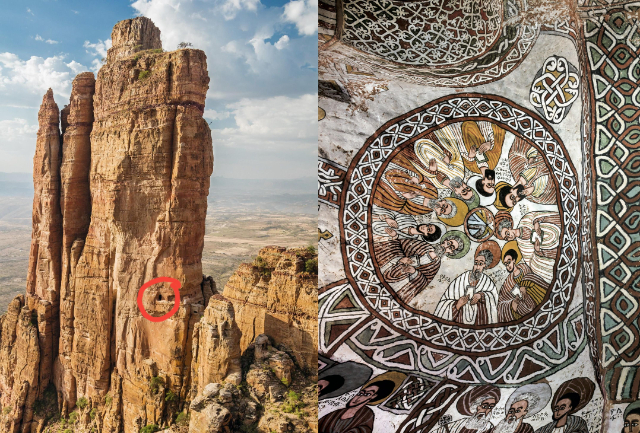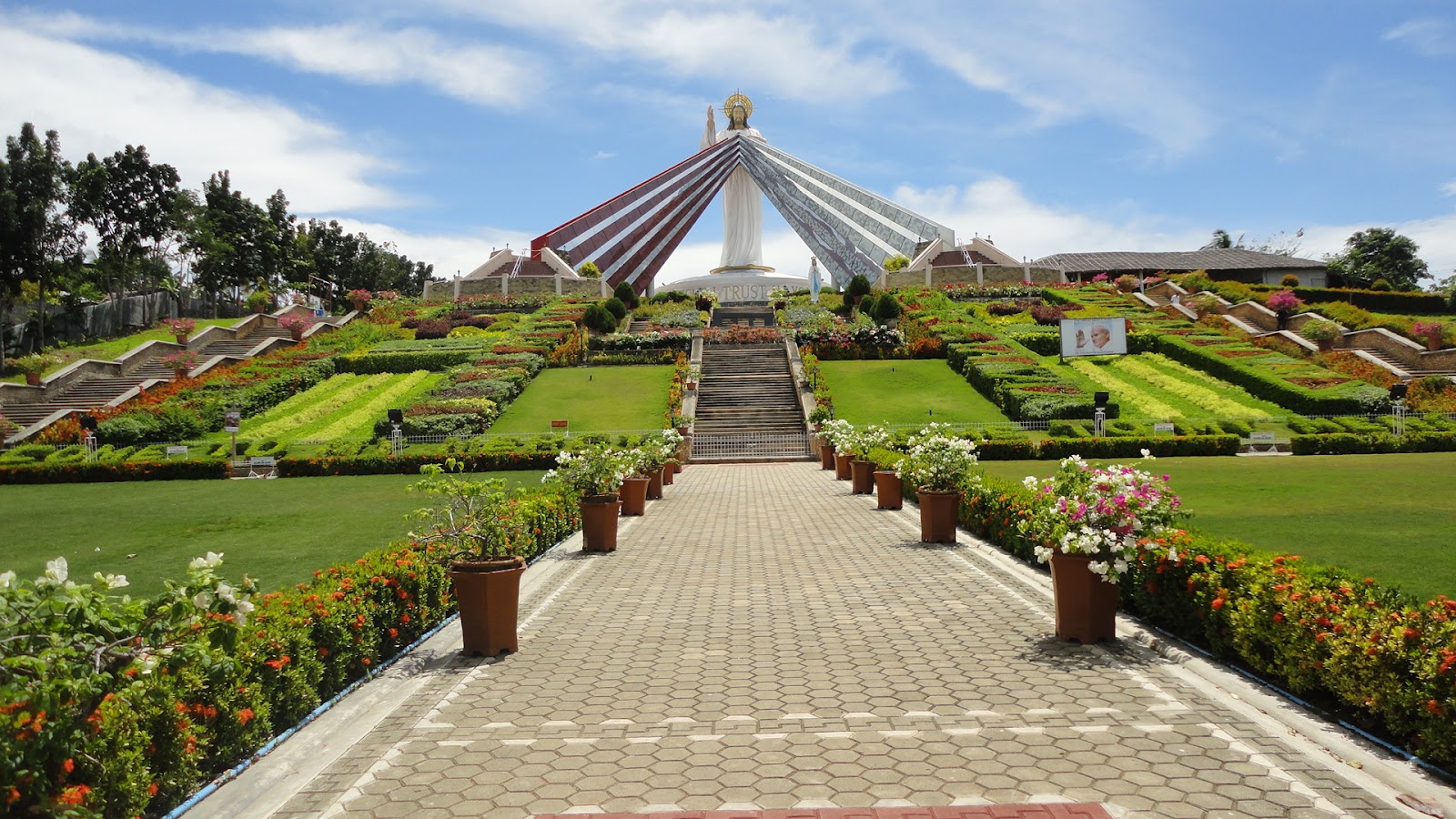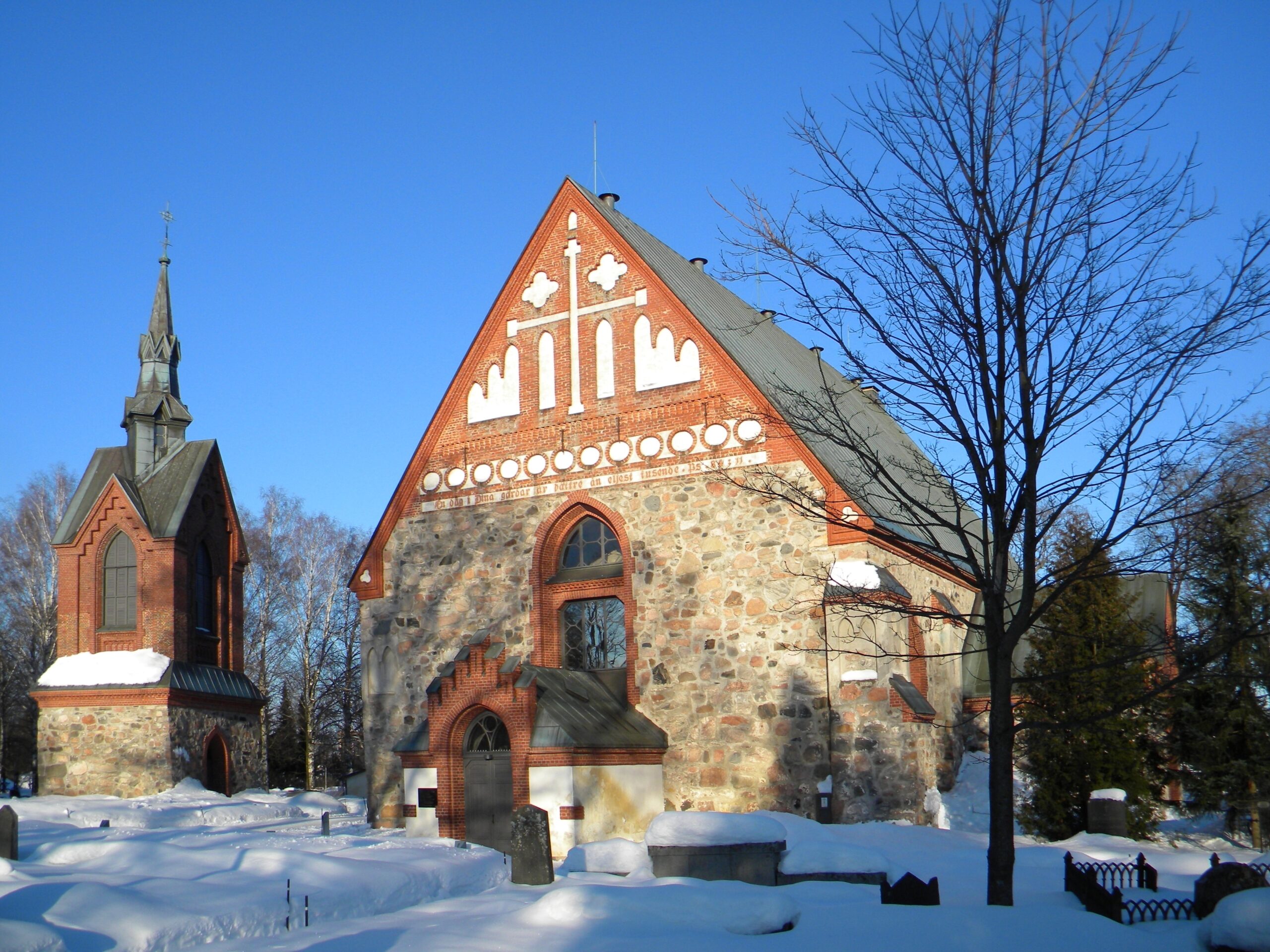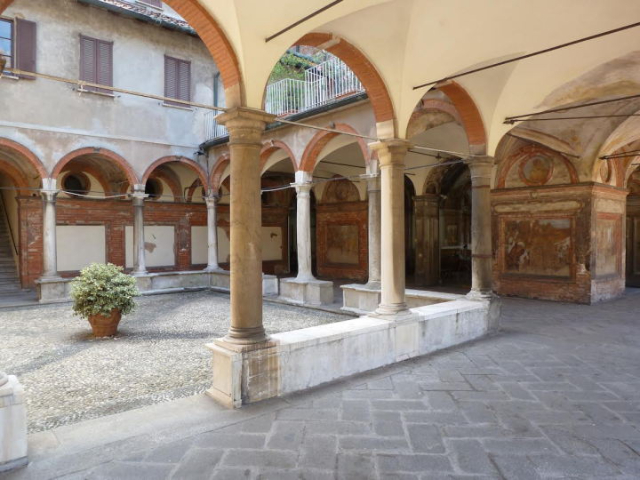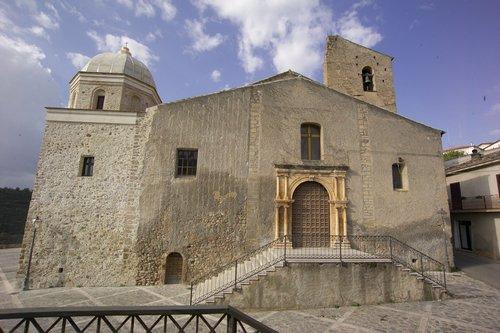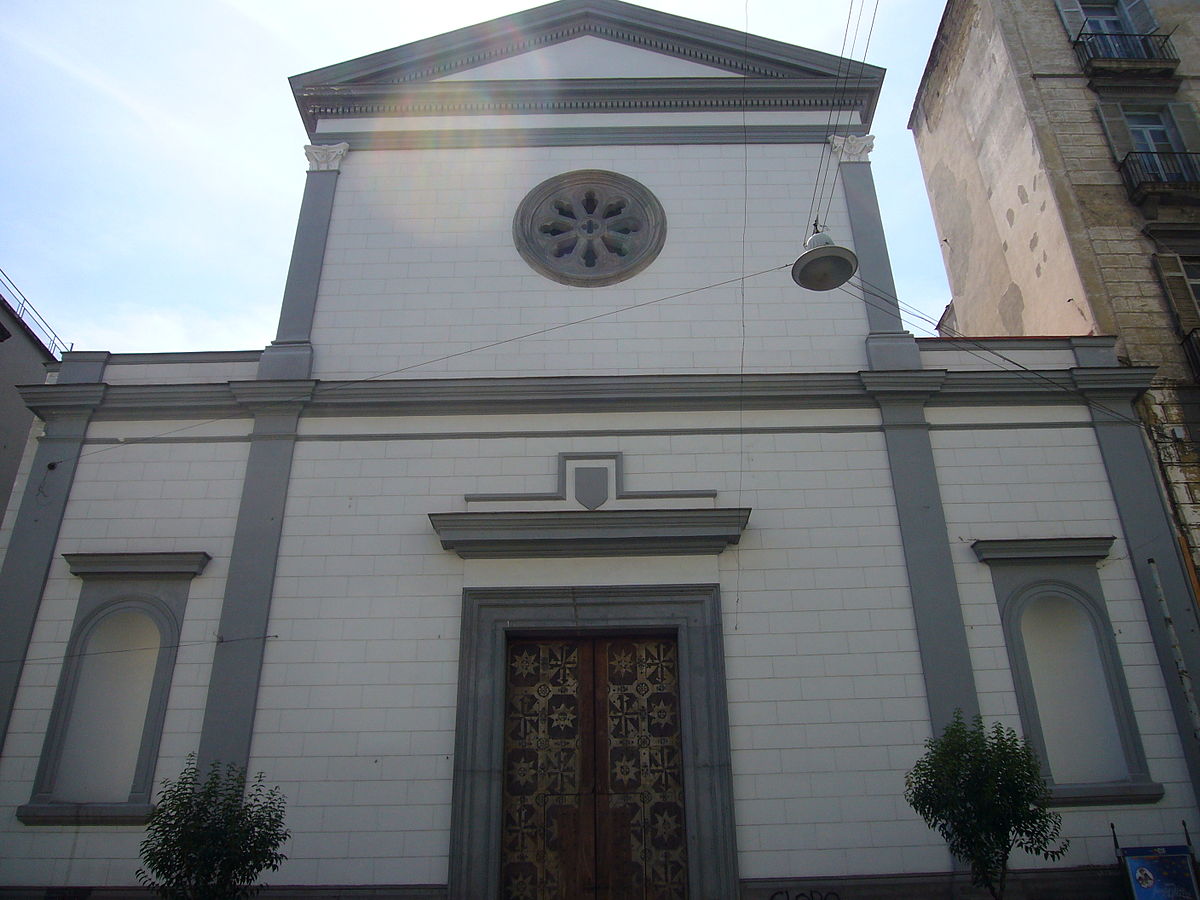The church and the adjoining monastery are mentioned since 1016, when the chapel that stood here was transformed and dedicated to the archangel Michael by the Benedictine monk Bono.
The complex passed to the Camaldolese monks between 1105 and 1111, and remained there until 1782, the year of the suppression, after which the church was turned into a Priory. The present building is the result of a long series of rehashes, started in the XIII century and continued with the transformation of the medieval bell tower, occurred in 1676, the late baroque readaptation of mid XVIII century and the restructuring after the earthquake of 1846, up to the post-war reconstruction finished in 1963.
The facade with marble facing is fourteenth century, and is characterized in the lower part by three portals: the central one is surmounted by a Gothic aedicule, which frames the Madonna and Child, angels and the abbot offerer of Lupo di Francesco (originals at the Museum of S. Matteo), and an upper part with three orders of loggias. The legible inscriptions in the lower part of the facade refer to an election of the Rector of the University dating back to the early seventeenth century.
The three internal naves are supported by columns with Romanesque capitals, while the high altar is built over the 11th-12th century crypt. Here it is possible to observe a fourteenth-century Crucifix attributed to Nino Pisano; for the rest there are frescoes and paintings datable between the thirteenth and the eighteenth century.
Two different archaeological excavations, one in front and one behind the church, have respectively brought to light a brick road of the thirteenth century and the structures of the monastery of the late thirteenth century, a well of modern age and ten silos five-seventeenth century, used to store grain.
